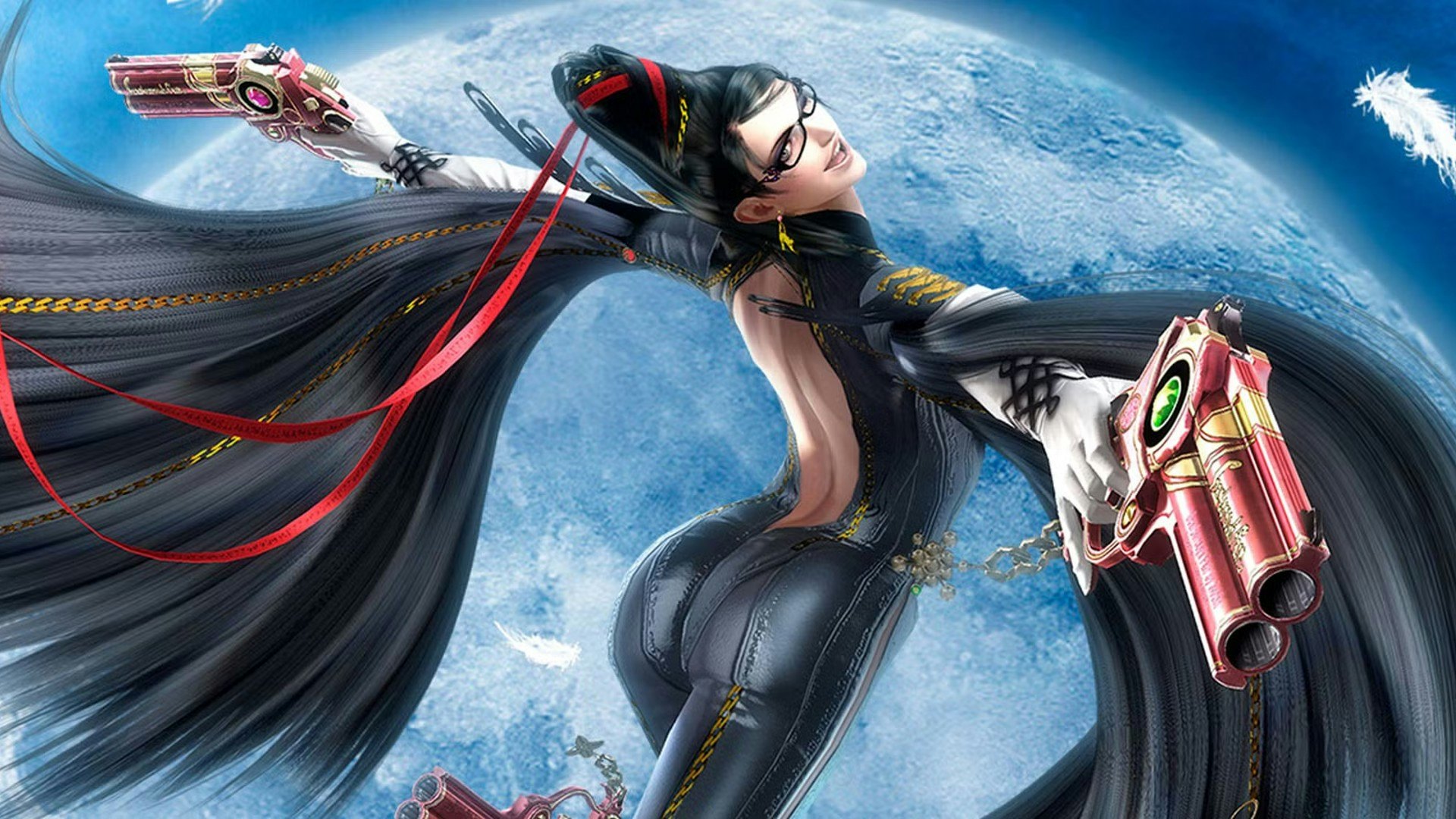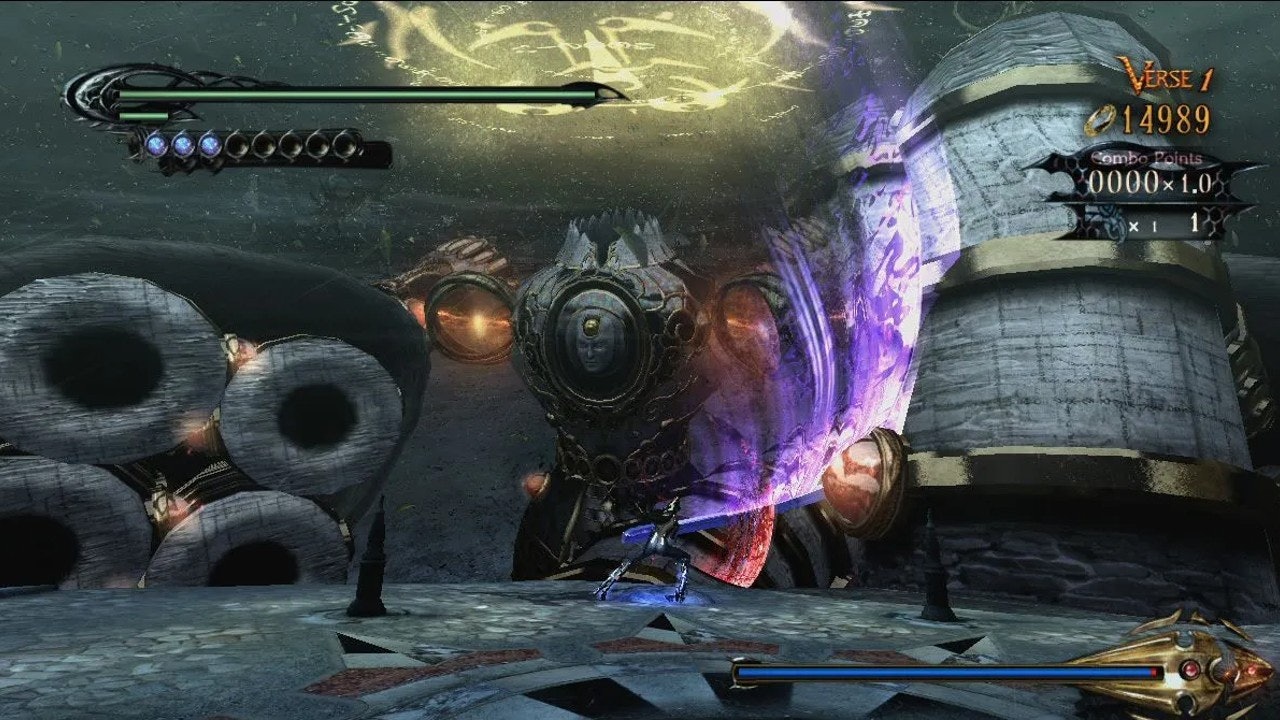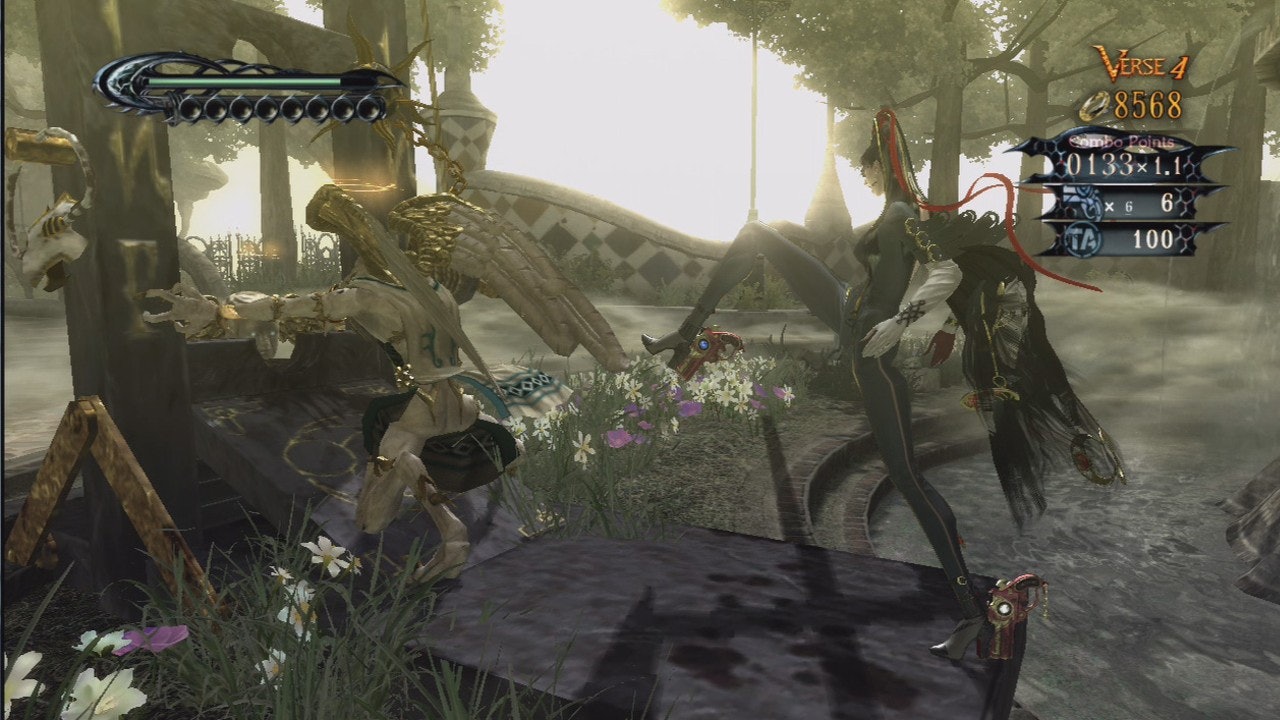
Bayonetta is quite literally the only game in existence where you get to play a supernatural witch with guns strapped to her heels and hair that can transform into hideous demons. In other words, it’s one of the greatest games ever made. It’s fair to say that 2009’s Bayonetta is a visionary game — one that redefined the character action genre while creating a series that would boost it to brand new heights.
What makes Bayonetta so fascinating, beyond its ludicrous story and main character, is the creator that it comes from. In 2001, Hideki Kamiya and his team at Capcom essentially created a brand new genre with Devil May Cry — the character action game. That term largely applies to action games where you play as one specific character, with a huge focus on complex combos. It’s a bit hard to define, but generally, character action is frenetic games with stylish combat, and some kind of devilishly charming hero.

Devil May Cry is the defining entry that so many others have looked to for inspiration, but no one was able to match Capcom’s series until Kamiya did it again with Bayonetta. The absurdly satisfying combat of Bayonetta absolutely never gets old, and it’s only one-upped by the increasingly over-the-top story.
As you might imagine, you play as Bayonetta, an Umbral Witch who awakens at the bottom of the lake after being asleep for twenty years. Bayonetta has completely lost her memories and sets out for the massive city of Vigrid to figure things out, before immediately being attacked by angels — yes, angels. Bayonetta tells a twisty story about a grand conflict between witches and angels that’s played out for millennia. The number of story twists and surprises the game packs in is admirable, but it’s Bayonetta herself that makes it so special.
Bayonetta is a delightfully charming character who’s devilishly intelligent and unafraid to embrace her sexuality. Her suit is made out of her hair, and when she uses attacks that hair vanishes off her body and turns into weapons, like a coffin to trap enemies or a dragon that eats them. Yes, it’s ridiculous and some would say “titillating,” but everything is tastefully done and perfectly fits the overall raucous tone of the game. Bayonetta is a woman freely in control of herself and her body, and that’s a key point in the game as a whole.

But the brilliance goes deeper than that as, of course, you also have to factor in the combat. Bayonetta’s character design is what makes it so fun right out of the gate, with two pistols strapped to her feet and two in her hand. Like in Devil May Cry, combat is hugely combo-focused, and Bayonetta can string together a wealth of melee attacks — but also use all four guns in combat. You can take ranged shots but also loop gunfire into your melee attacks, or pause a combo for a barrage of fire as Bayonetta does a hand-stand and blasts unsuspecting enemies with her heel guns. You also have Torture Attacks, the aforementioned ridiculous moves where Bayonetta transforms her hair into devastating weapons.
But the special sauce that really makes Bayonetta’s combat incredible is a feature called Witch Time. By dodging an enemy attack at the last second you can slow time for a brief window, letting you unleash combos and attacks on the frozen enemies. Pulling off these moves is indescribably satisfying, and instantly makes you feel like a pro. Much like Devil May Cry, Bayonetta is all about its “flow” with combat, the kind of zone you enter where you keep pulling off ridiculous combos and dodges. Bayonetta’s exaggerated attacks really make the whole thing feel like some kind of balletic dance, especially when backed by the game’s jazzy bubblegum-pop soundtrack.

You’d be hard-pressed to find a game with more style or personality than Bayonetta. Everything about the game is steeped in its heroine's unfaltering confidence, never relenting with both its challenging combat and story. Bayonetta is one of those games that is, and always will, be wholly unique and visionary. Devil May Cry set the standard and Bayonetta raised it — only for Bayonetta 2 to raise the stakes even more five years later.







